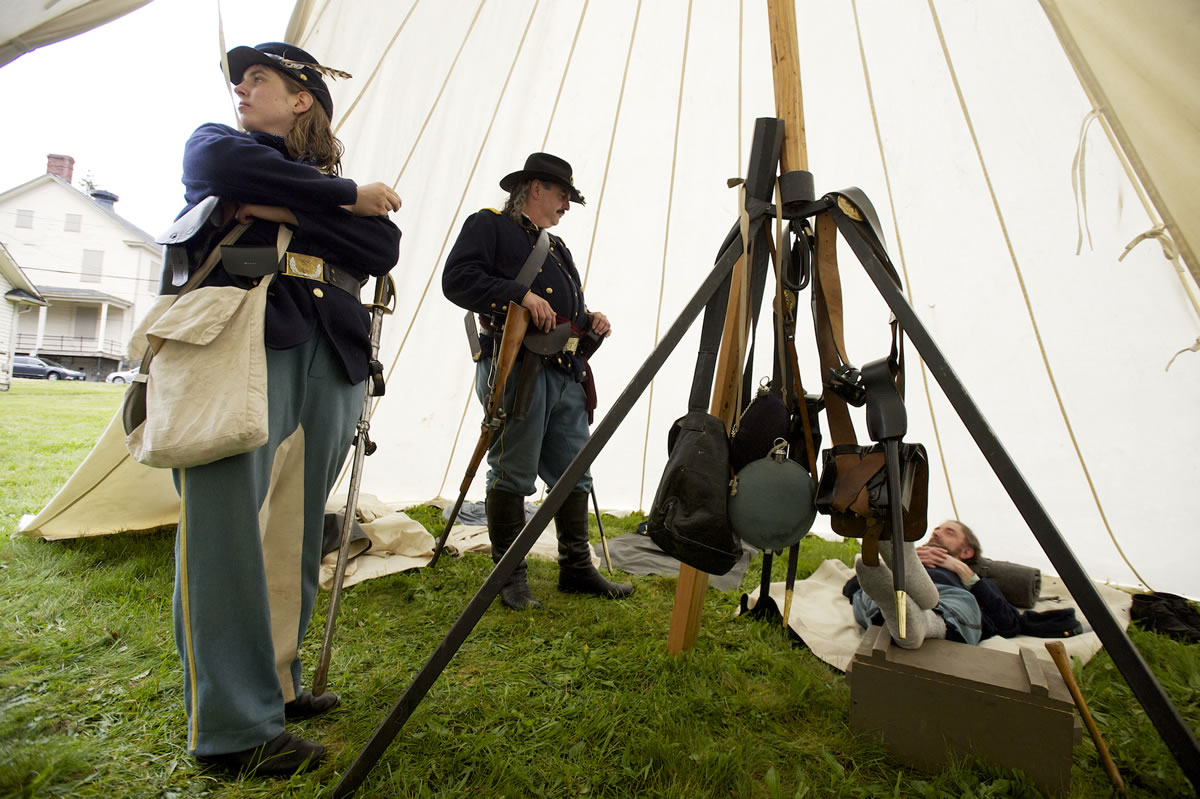o In 1913, about 50,000 Union and Confederate veterans held a reunion at Gettysburg National Military Park to mark the 50th anniversary of the battle.
o In 1938, about 2,000 Union and Confederate veterans — most in their 90s, fewer than 70 of whom veterans of the actual battle — gathered for the 75th anniversary of Gettysburg. Movie cameras recorded their reminiscences (including a genuine film Rebel Yell): http://bit.ly/o1NYMP
“I died at Antietam,” Jim Waite said as he reflected on his Civil War experiences.
“I died at the Battle of Nashville,” he continued.
And at the Battle of Franklin, he turned his blue-jacketed back to the Rebels and ran.




